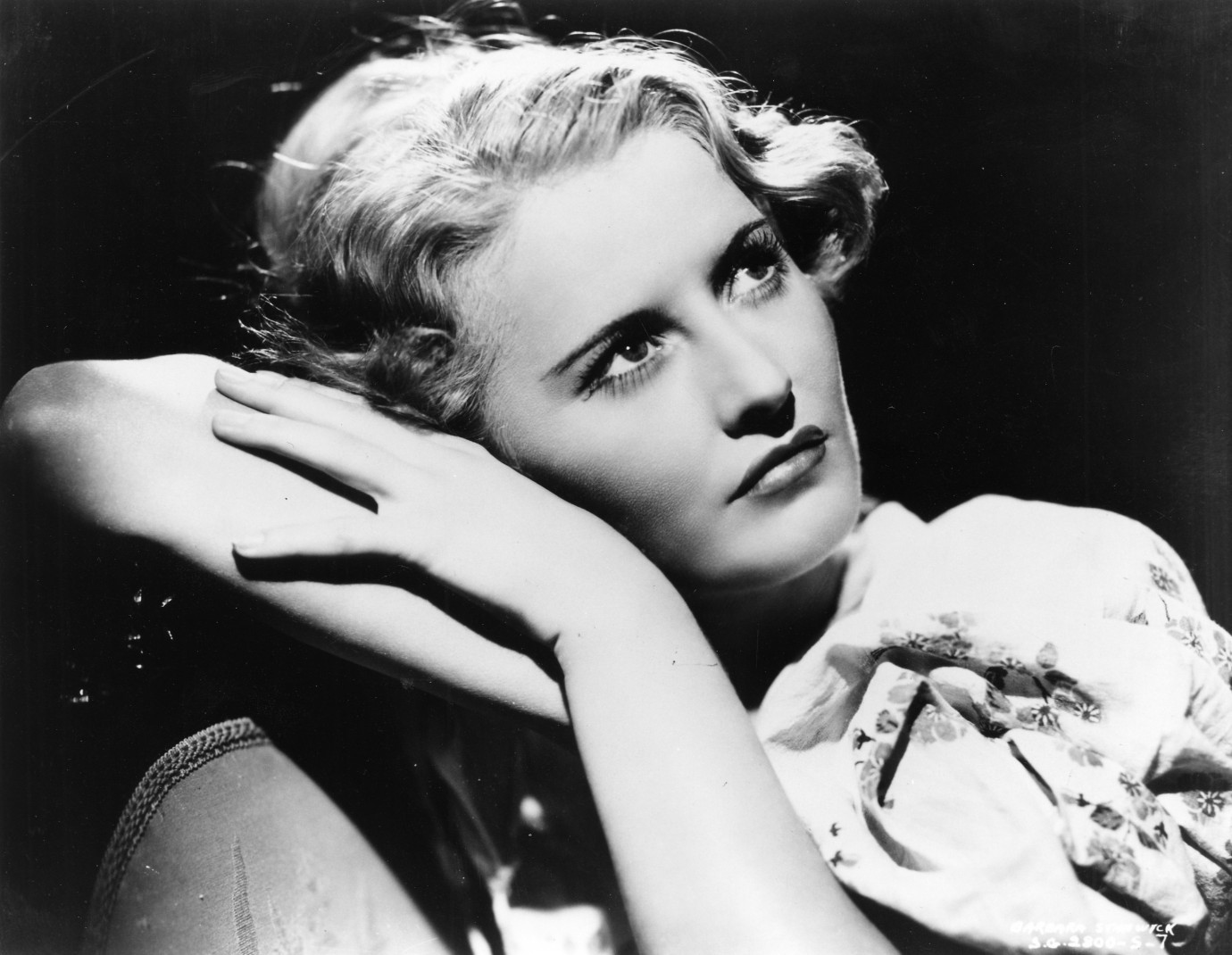Stella Dallas


Barbara Stanwyck
Stella Dallas by King Vidor
USA 1937, Retrospective
Source: Sammlung Cinémathèque suisse, Image courtesy of Park Circus/Samuel Goldwyn Jr. Family Trust

Barbara Stanwyck, Anne Shirley
Stella Dallas by King Vidor
USA 1937, Retrospective
Image courtesy of Park Circus/Samuel Goldwyn Jr. Family Trust

Alan Hale, Barbara Stanwyck
Stella Dallas by King Vidor
USA 1937, Retrospective
Image courtesy of Park Circus/Samuel Goldwyn Jr. Family Trust

King Vidor
Stella Dallas by King Vidor
USA 1937, Retrospective
Source: Sammlung Cinémathèque suisse. Alle Rechte vorbehalten.
With
- Barbara Stanwyck
- John Boles
- Anne Shirley
- Barbara O’Neil
- Alan Hale
- Marjorie Main
- Tim Holt
- George Walcott
- Ann Shoemaker
- Nella Walker
Crew
| Director | King Vidor |
| Screenplay | Sarah Y. Mason, Victor Heerman, Harry Wagstaff Gribble, Gertrude Purcell, Joe Bigelow |
| Story | Olive Higgins Prouty Stella Dallas (1923) |
| Cinematography | Rudolph Maté |
| Editing | Sherman Todd |
| Music | Alfred Newman |
| Art Director | Richard Day |
| Costumes | Omar Kiam |
| Assistant Director | Walter Mayo |
| Sound | Frank Maher |
| Producer | Samuel Goldwyn |
Produced by
Howard Productions, Inc.
Additional information
Print: Park Circus, Glasgow